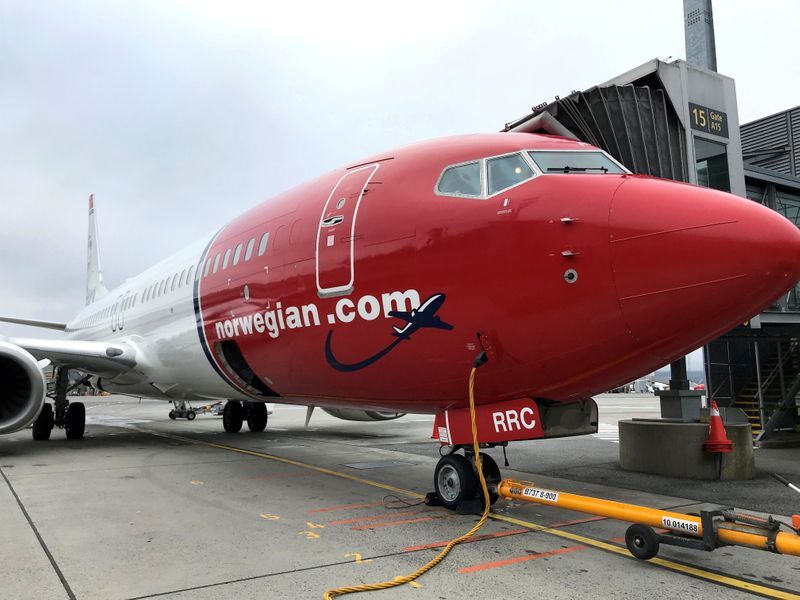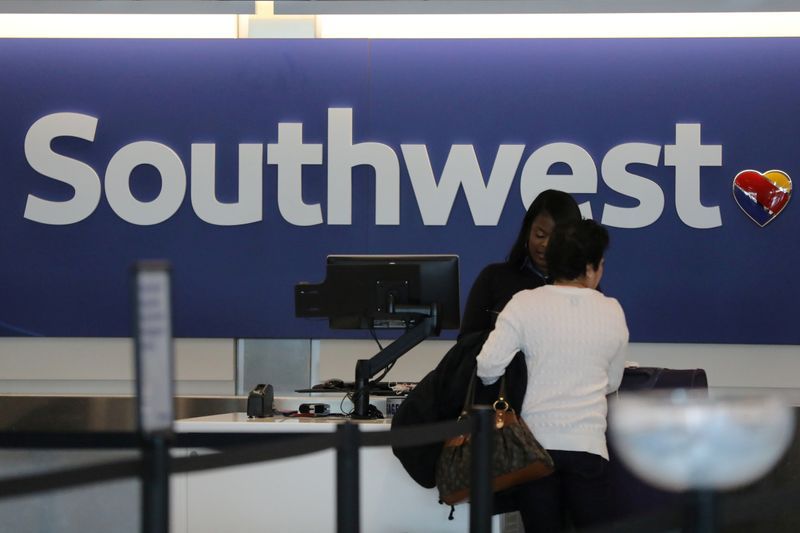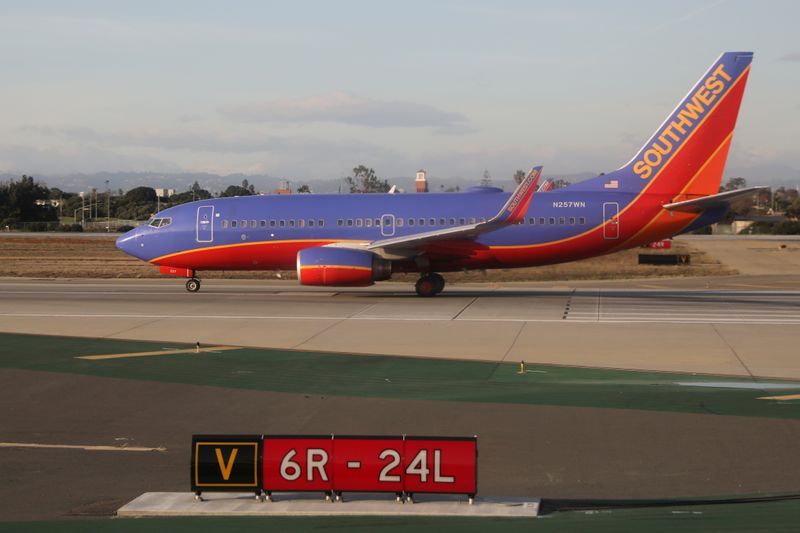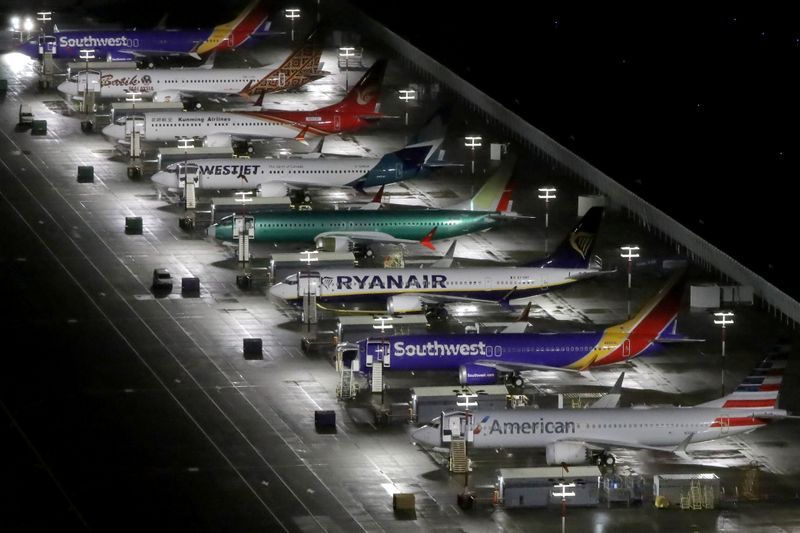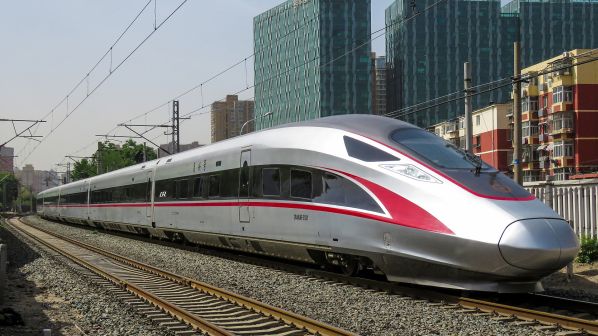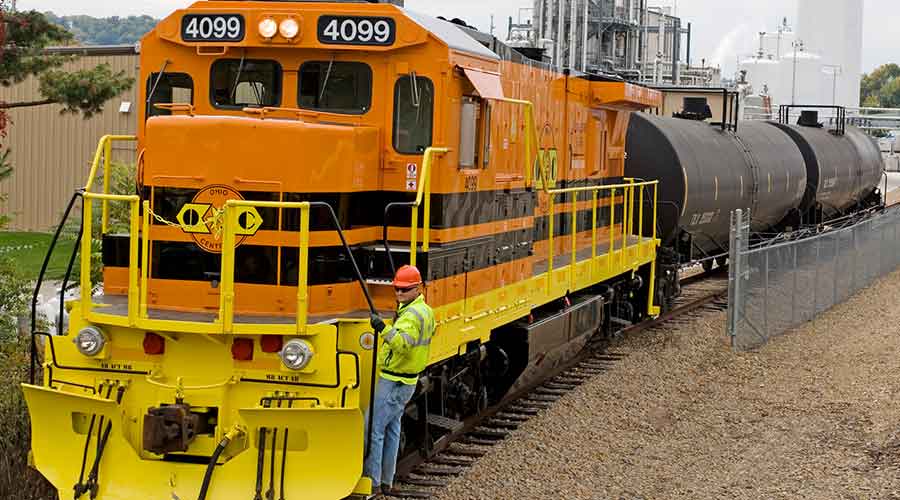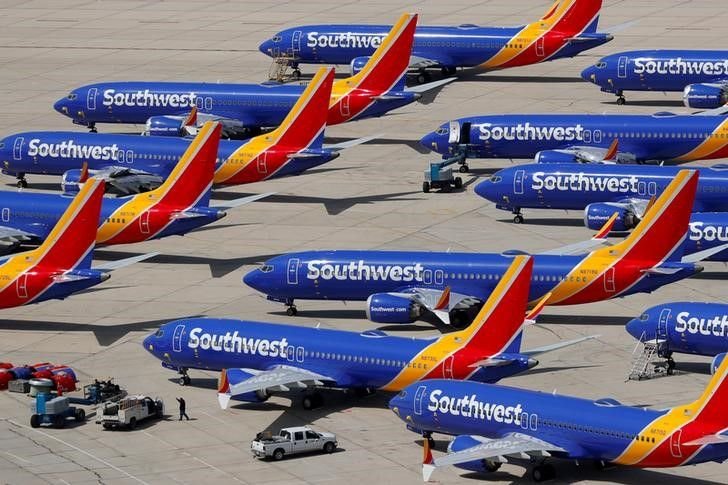OSLO (Reuters) – Norwegian Air <NAS.OL> could run out of cash by mid-May unless its proposed financial rescue plan is approved by creditors and shareholders, the budget carrier warned on Monday.
If approved by bondholders, leasing companies and shareholders, the plan may help Norwegian survive the coronavirus outbreak, which has grounded 95% of its fleet, leaving just 7 aircraft in operation.
But the planned debt-to-equity swap will hand majority ownership of 53.1% to the company’s lessors, while bondholders would own 41.7%, leaving current shareholders with just 5.2%, it said.
The move would allow Norwegian to tap government guarantees of 2.7 billion crowns ($255 million), which are dependent on the company reducing its ratio of debt to equity, and which would come on top of 300 million crowns it has already received.
It is “critical to get access to the state aid package by mid-May before the company runs out of cash,” Norwegian said in a presentation to investors.
Rapid growth has made Norwegian Europe’s third-largest low-cost airline and the biggest foreign carrier serving New York and other major U.S. cities, but with the expansion came debts and liabilities of close to $8 billion by the end of 2019.
Last week, the company reported that four Swedish and Danish subsidiaries had filed for bankruptcy and that it had ended staffing contracts in Europe and the United States, putting some 4,700 jobs at risk.
Norwegian’s shares opened 8% lower on Monday and are down 86% year-to-date.
The company aims to gradually emerge from the COVID-19 crisis with both a short-haul and long-haul network in place, and is targeting a return to normal operations in 2022, it said.
The plan requires backing from bondholders in each of four separate votes planned for April 30, from shareholders in an extraordinary general meeting scheduled for May 4, and from leasing firms.
It maintained plans to raise up to 400 million crowns in cash from owners.
(Editing by Jan Harvey)
